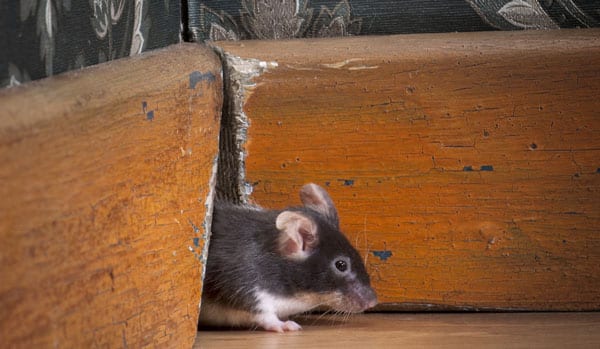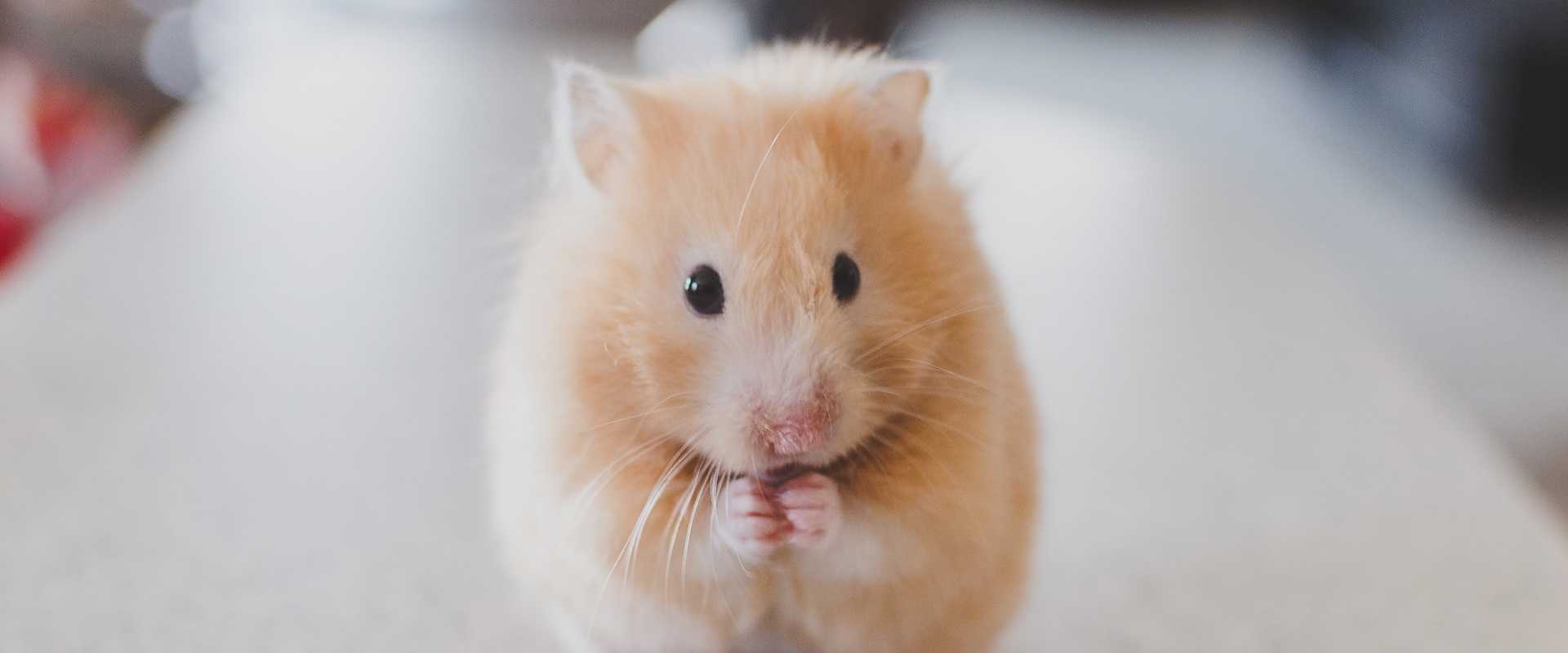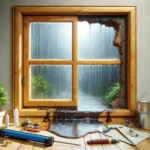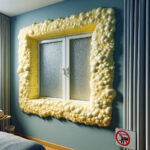In the perpetual fight against infestations, caulking is proving to be a great ally, especially when it comes to preventing the intrusion of mice. A question of hygiene for some and a source of phobias for others, parasites, whether they take the form of insects, rodents or other small unwanted animals, are unanimously undesirable in our living spaces. Their intrusion into our homes causes damage to our homes and pantries, with potential consequences for our health.
It is preferable to take a preventive approach rather than a curative one, a principle that makes sense in the context of infestations. This phenomenon is gaining ground in Quebec and requires adequate measures to counter it. With this in mind, caulking, especially to prevent access by mice, is emerging as a promising strategy to protect our living spaces and ensure our well-being.
Caulking your home is in complementary prevention of
the intervention of an exterminator,one of the most effective ways to prevent these nuisances from sneaking inside through small holes, cracks and gaps.
We will also talk about clogging depending on the place to be treated.

Mouse caulking (or anti-intrusion): why and how?
This is an essential solution that aims to prevent insects and other small animals from infiltrating the house. This specific caulking consists of carefully plugging all the faults that provide access to the interior of your home, both in the windows, doors and walls, as well as basements and lintels.
Did you know that a hole the size
of a penny is enough for a mouse to make a pass?
Go beyond insulating caulking.
We know the strengths of caulking:
It effectively insulates your home
from air and moisture infiltration
of rainwater and
prevents thermal losses from infrared cameras and therefore saves energy.
Its
anti-intrusion function of parasitic animals is less often considered and involves interventions on other access to the house such as those that lead to the attic, cellars and basements.
Mouse caulking process
At the time of the
pricing, the caulker makes an accurate diagnosis that identifies the possible entry of parasites into the building, it knows the habits of insects and rodents of skunks able to impose themselves in a basement.
The completion of the work follows the same process as for window caulking:
- Cleaning non-stable materials,
- Dusting
- Laying new sealant in generous quantities in order to fill, in full, the cavities spotted,
- Aesthetic smoothing of finishes.
A perfect seal is ensured by a professional of the trade who:
- Mastered his art perfectly,
- Has some basic principles in extermination
- Only uses quality sealant products that are both compliant with safety standards and environmentally friendly.
Different types of sealants
Silicone or polyurethane; the choice of sealant depends on contextual factors
(read this article about sealants).
Depending on the substrates on which they will be applied, some types of sealant will be more appropriate than others. The issue of
colour is also a parameter that the professional considers.
This work is to be done in the fall, as it is the season in which wild animals lost in alleys and backyards, and
mice and rats seek shelter for the winter.
Whether you need to save
energy or to stop the transition to nuisance, review the state of your home’s caulking and call Elite Caulking:
514 910-3548
The Most Frequently Asked Questions About Mouse Caulking

How can caulking be an effective solution for mouse infestations?
Caulking is proving to be a very effective solution to fight mouse infestations in your home. By meticulously sealing cracks, gaps, and gaps through which these rodents might enter, you create a robust physical barrier that limits their access points. Mice, by their nature, are adept at squeezing into the tightest of spaces, but caulking greatly reduces their opportunities for infiltration. By hermetically insulating potential entrances, you drastically reduce the risk of infestation, thus preserving the safety and hygiene of your home.
To learn more about the indisputable effectiveness of caulking as a pest control solution against mice, keep reading. Find out how this preventative method can save you the hassle of an infestation, while helping to maintain a healthy home environment free of rodent nuisances.
How does caulking help protect my home from mice?
Caulking is a solid bulwark in the fight against mouse intrusions into your home. By carefully sealing the smallest gaps, cracks and gaps along your walls and windows, you are erecting an effective physical barrier against these unwanted rodents. Mice have a remarkable ability to squeeze into the tiniest corners, but caulking greatly reduces their pathways. By hermetically sealing potential entry points, caulking not only reduces the chances of mouse infestation, but it also helps preserve the integrity of your home by preventing property damage and hygiene issues.
If you’d like to learn more about how caulking is an effective line of defense to protect your home from mice, keep reading. Find out how this proactive method can not only keep you out of trouble caused by infestations, but also improve comfort and peace of mind within your living space, by preventing the intrusion of these pests.
How often should I check and reapply caulking to maintain effectiveness?
To maintain the effectiveness of caulking against mice, it is recommended that you regularly check the condition of your seals. An annual inspection, at a minimum, is advised to ensure that no cracks or openings have developed over time. Environmental conditions can also influence the integrity of the caulk, which may require reapplication every few years to maintain its pest control effectiveness. This constant vigilance allows you to quickly detect potential problems and intervene before a mouse infestation can take hold.
If you’d like more detailed information on how often to check and reapply caulk, read on. You’ll discover practical tips for maintaining optimal caulking throughout the year, helping you preserve your home’s pest protection from unwanted mice.
Can caulking help prevent other parasites besides mice?
Absolutely, caulking is a versatile preventative measure that is not limited to preventing mice. This is because by hermetically sealing openings and cracks, you significantly reduce the opportunities for infestation by various unwanted pests such as crawling insects. Cockroaches, spiders, and other insect pests tend to enter through the same gaps as mice, and caulking prevents them from invading your living space.
If you’d like to learn more about how caulking can help prevent a variety of pests, read on. Find out how this proactive approach can not only protect you from mice, but also from other pests, improving the hygiene and comfort of your home.
Can I do the caulking myself or should I call in a professional?
Caulking can be undertaken on your own if you are comfortable with DIY. However, for optimal execution and maximum protection against mice and other undesirables, using a caulking professional is highly recommended. An expert has the experience and skills to identify risk areas and apply caulking accurately, ensuring unmatched pest control effectiveness. In addition, a professional can offer advice on what materials to use and best practices to ensure perfect insulation.
For more information on whether to caulk yourself or hire a professional, keep reading. Discover comprehensive information to make an informed decision, taking into account your DIY skills, schedule, and pest prevention goal. Keeping your home safe from mice and other pests depends on a well-planned and carefully executed approach.







